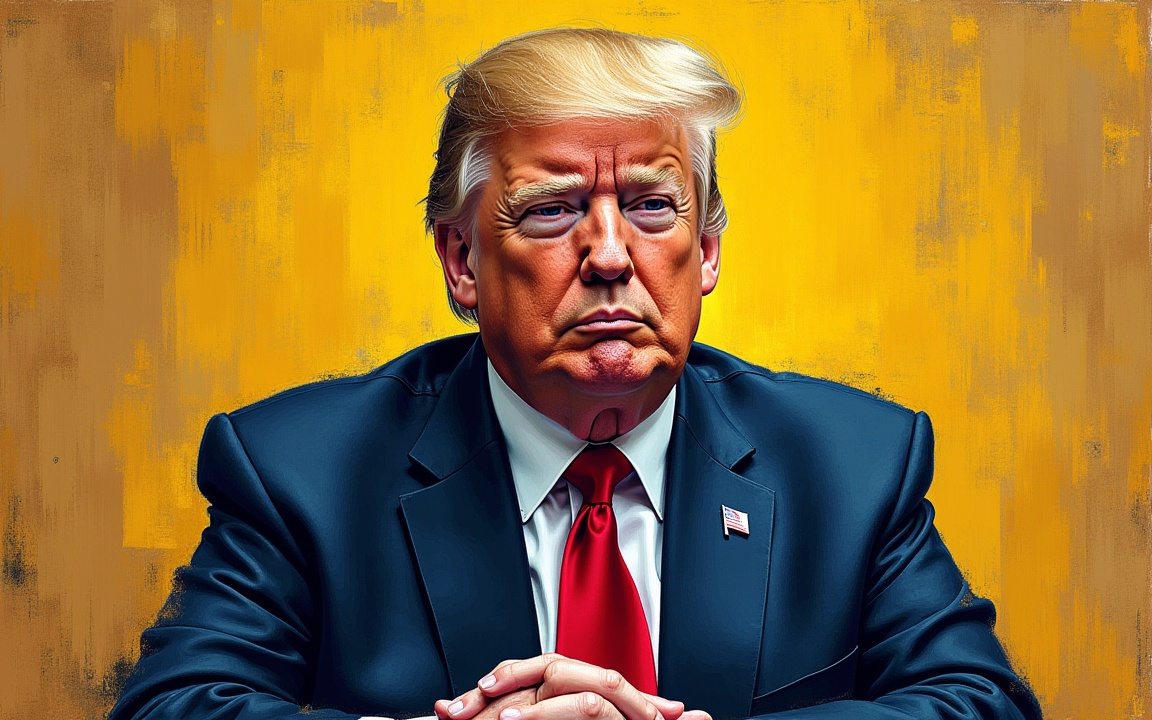
A US court determined that US President Donald Trump overstepped his authority by using the 1977 International Emergency Economic Powers Act (IEEPA) to enact tariffs.
This ruling directly impacts the 10-30% tariffs levied on goods from China, Canada, Mexico, and other countries.
However, the sectoral tariffs on steel, aluminum, and automotive products are not affected and remain in place.
The court determined that the International Emergency Economic Powers Act (IEEPA) does not authorise the president to independently establish wide-ranging import duties.
This is particularly true when the stated national emergencies—including issues like drug trafficking, immigration, and trade deficits—are not directly resolved by the imposed tariffs, according to ING Group.
Criteria not fulfilled
The court primarily based its decision on the rationale that a continuous trade deficit spanning 49 years does not satisfy the criteria of an “unusual and extraordinary threat”, analysts at ING Group said.
The court’s decision specifically impacts tariffs ranging from 10% to 30% on goods imported from China, Canada, and Mexico that were related to fentanyl and immigration concerns, as well as broader global trade surplus tariffs of 10% or more, including reciprocal tariffs that had been temporarily suspended.
The court reasoned that the IEEPA does not grant the president the power to independently establish widespread import duties, especially when the declared national emergencies are not directly addressed by these tariffs, according to analysts at ING Group.
The ruling emphasised that a long-standing trade deficit, such as the 49-year deficit cited, does not qualify as an “unusual and extraordinary threat” under the IEEPA.
It is important to note that the court’s decision does not affect all tariffs imposed during the Trump administration.
Sector-specific tariffs on steel (25%), aluminum (25%), and automotive products (25%), which were enacted under different legal authorities, remain in effect.
Consequences
The court has mandated that the White House cease the contested tariffs within ten days.
Nevertheless, the administration has already appealed the decision to the US Court of Appeals for the Federal Circuit.
It is largely anticipated that this case will be brought before the Supreme Court, which holds the ultimate authority to determine the lawfulness of the tariffs imposed under the IEEPA.
Should the ruling stand, the US government could be obligated to refund approximately $13.7 billion in tariffs collected under IEEPA through April 30, as reported by US Customs and Border Protection.
Notably, $7.9 billion of this amount was paid on goods originating from China and Hong Kong, according to ING.
Future trade policy
Regardless of its outcome, the recent ruling is likely to shift focus towards tariffs enacted under other trade laws, namely Section 232 (national security) and Section 301 (unfair trade practices), ING analysts said.
Although these laws demand more in-depth investigations, they still empower the president to take unilateral action.
Several ongoing investigations have the potential to impose new tariffs on sectors such as pharmaceuticals, semiconductors, trucks, critical minerals, seafood, cranes, copper, lumber, aircraft, and shipbuilding, according to ING.
The administration also maintains the ability to employ Section 122 (balance of payments) and Section 338 (retaliatory tariffs), providing additional tariff mechanisms as previously discussed.
Legal and political challenge
The court’s judgment presents a considerable legal and political obstacle to the employment of emergency authority in trade policy, further complicating the overall landscape of US trade policy.
ING analysts said:
It also signals that companies and countries will likely intensify efforts to eliminate sector-based tariffs, which have become a favoured instrument of US trade enforcement.
As of April 30, these tariffs had generated $26.8 billion in customs revenue for FY2025.
“We expect the pace of sector-based tariffs to accelerate, with additional measures likely to be announced soon,” ING analysts added.
Ongoing negotiations with the EU and China, which have the most significant impact on the global economy and financial markets, will be crucial.
“In this regard, we warn against too much relief or even complacency at this point.”
Europe’s tariffs predominantly target the automotive industry, and these tariffs will continue to be enforced.
If the US administration moves along with the intended tariffs or quotas on European pharmaceuticals, the largest part of European exports to the US would still be subject to tariffs of more than 20%, ING said.
Finally, the pushback against President Trump could trigger more aggressive tariffs or other economic policy announcements, which may impact key trading partners.
The post Trump may bypass US courts to continue tariff agenda, says ING appeared first on Invezz

